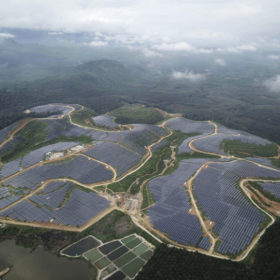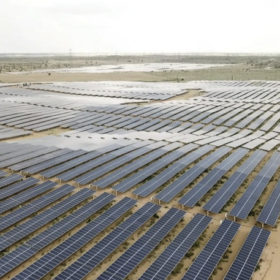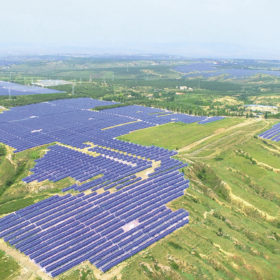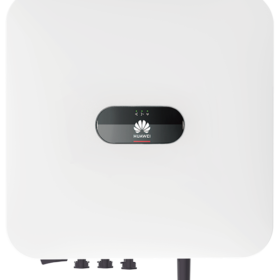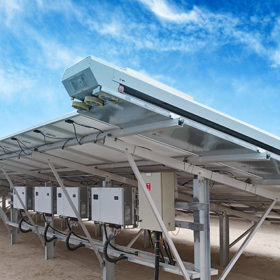AI steps into maintenance
The Covid-19 pandemic quarantine has introduced a new set of challenges for solar PV operations and maintenance. The topic has gained industry attention now that PV sites lack onsite personnel. Huawei says its new Smart I-V Curve Diagnosis – integrating artificial intelligence, digital technologies, and PV – is a first-step solution toward unmanned O&M. With the levelized cost of energy (LCOE) ever decreasing, improvements in O&M efficiency and accompanying cost reductions may accelerate the arrival of the grid parity era.
Moving from grid- following to grid-supporting
Solar PV generation is one of the world’s most promising technologies for a sustainable energy future. However, as solar and other intermittent renewable energy sources increasingly enter the grid, the establishment of grid connections has become a challenge that could threaten future expansion. Now, solar PV technology is rapidly moving from a passive role to an active one, as it takes on a starring role to support electric utility power grids.
Predicting the future for smart PV
Over the next five to 10 years, renewables will assume a larger role as a main power source for electric grids, and PV has a particularly bright future. Considering the latest trends in power electronics technology, PV is quickly evolving down the path to intelligence. Given the rapid development of emerging information and communication technologies (ICT) – such as AI, cloud computing, big data, and 5G – Huawei has an idea of what’s in store for the future of solar PV.
New residential inverter from Huawei
With power ranging from 2-6 kW in the seven-device series, the Sun2000-2-6KTL-L1 string inverters offer efficiencies of 98.2-98.4%. The 12kg products measure 365x365x156mm and feature two maximum power point tracking channels.
Huawei to ramp up artificial intelligence to improve solar inverters
The Chinese conglomerate has revealed how it will further integrate artificial intelligence (AI) in its string devices this year. The approach includes the transformation of inverters into smart PV controllers, the development of AI inference modules and the creation of an AI training and inference platform. Machine learning will also be incorporated into operations and maintenance, grid management and PV plant design.
